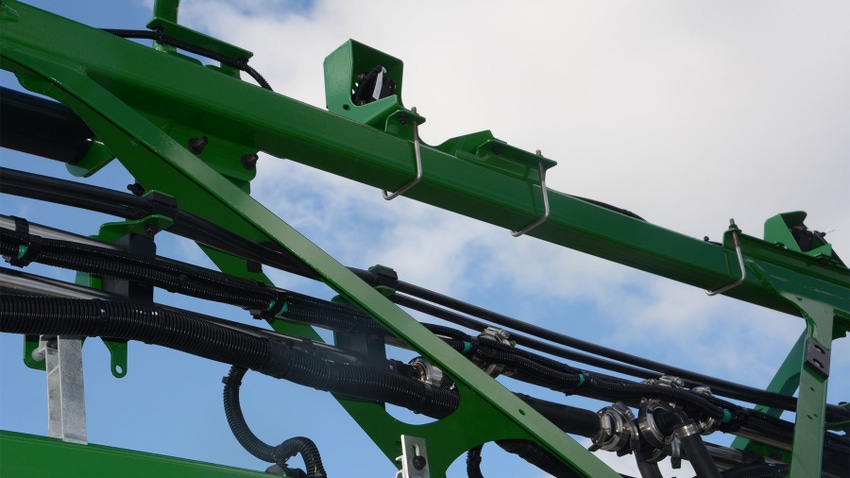March 11, 2024

I could likely save a ton of money on chemicals with green-on-green sprayer technology. Is it developed enough to invest? Or should I wait until bugs are out? How do I figure return on investment?
Profit Planners panelists include David Erickson, farmer, Altona, Ill.; Mark Evans, Purdue Extension educator, Putnam County, Ind.; Jim Luzar, landowner and Purdue Extension educator, Clay and Owen counties, Ind.; and Steve Myers, farm manager with Busey Ag Resources, LeRoy, Ill.
Erickson: Not knowing your acreage numbers, I suggest a wait-and-see approach. Use a custom applicator that can demonstrate this technology before owning it yourself. I have no personal knowledge of cost. Initially, it could be more than cost savings of reduced spray product. Try to find a current user who can give you some real information.
Evans: The green-on-brown and green-on-green technologies show promise in cutting costs and using pesticides more efficiently to minimize resistance and keep pesticides out of the environment. Your personality regarding adopting new technology is key, along with your weed pressure. If overall weed pressure is high, the technology likely is not going to save as much money.
Other tools, including cover crops and management strategies, are more economical today. For example, if one has issues with glyphosate-resistant marestail, a cereal rye cover crop is effective. Focusing on management strategies may be more economical now than a new, expensive technology still being streamlined to function.
Luzar: Adoption of technology involves accruing tangible economic benefits and comparing to cost of investment. Green-on-green sprayer technology should decrease herbicide volume, resulting in cost savings.
Less spray volume should provide some savings in labor and benefit from improved timeliness. What is the improvement in efficiency worth per acre? How will operations vary in their evaluations? Variations in cost of herbicide ingredient may occur. Saving money on cheaper herbicides is not as big a benefit. Labor cost can be valued relatively easily. Capturing the value of timeliness may take thorough review of your spray program over the last couple of years. Are you losing bushels because the herbicide didn’t get on in the optimal window?
Another benefit of the technology is the impact on the environment of less volume of herbicide application. Perhaps this benefit is a component of your farm’s environmental goals? Also, less product usage means less product handling for mixer and loader.
What will investment cost look like in a couple of years? Will it drop? What are typical maintenance costs associated with all those cameras? Are there other costs for upkeep? Determining a realistic ROI will require some relatively easy calculations and assigning values to less obvious factors.
Myers: I do not know, because this technology is still only deployed in a limited scale outside of research. Yes, it does offer great promise, at a cost. Certainly, like any new technology, the cost-to-benefit ratio is still being bantered about. If it works as promised, which it could, it will be amazing. Yes, there are kinks to work out, and time will tell.
Read more about:
SprayingYou May Also Like




